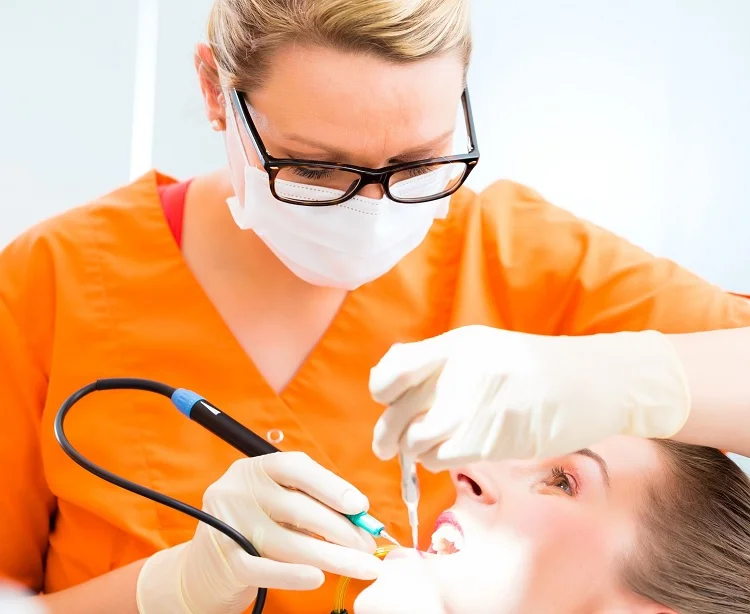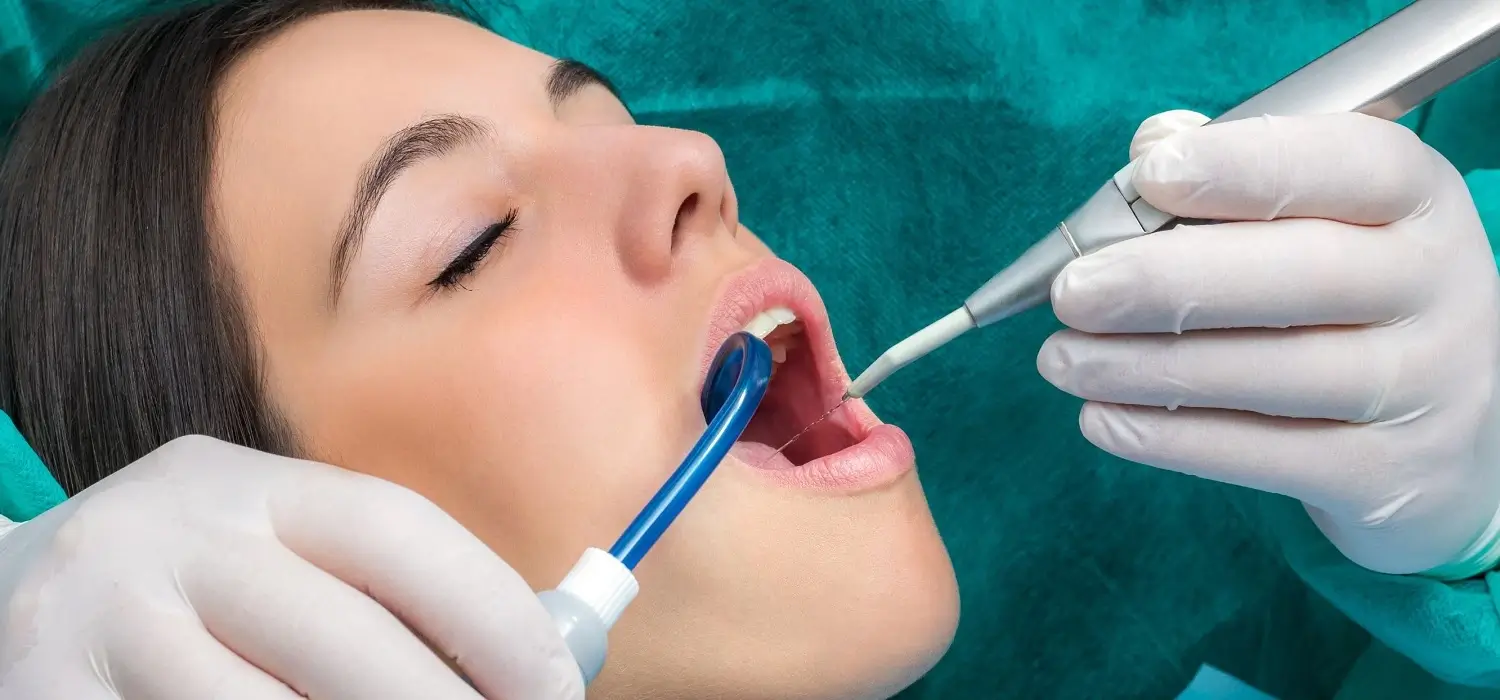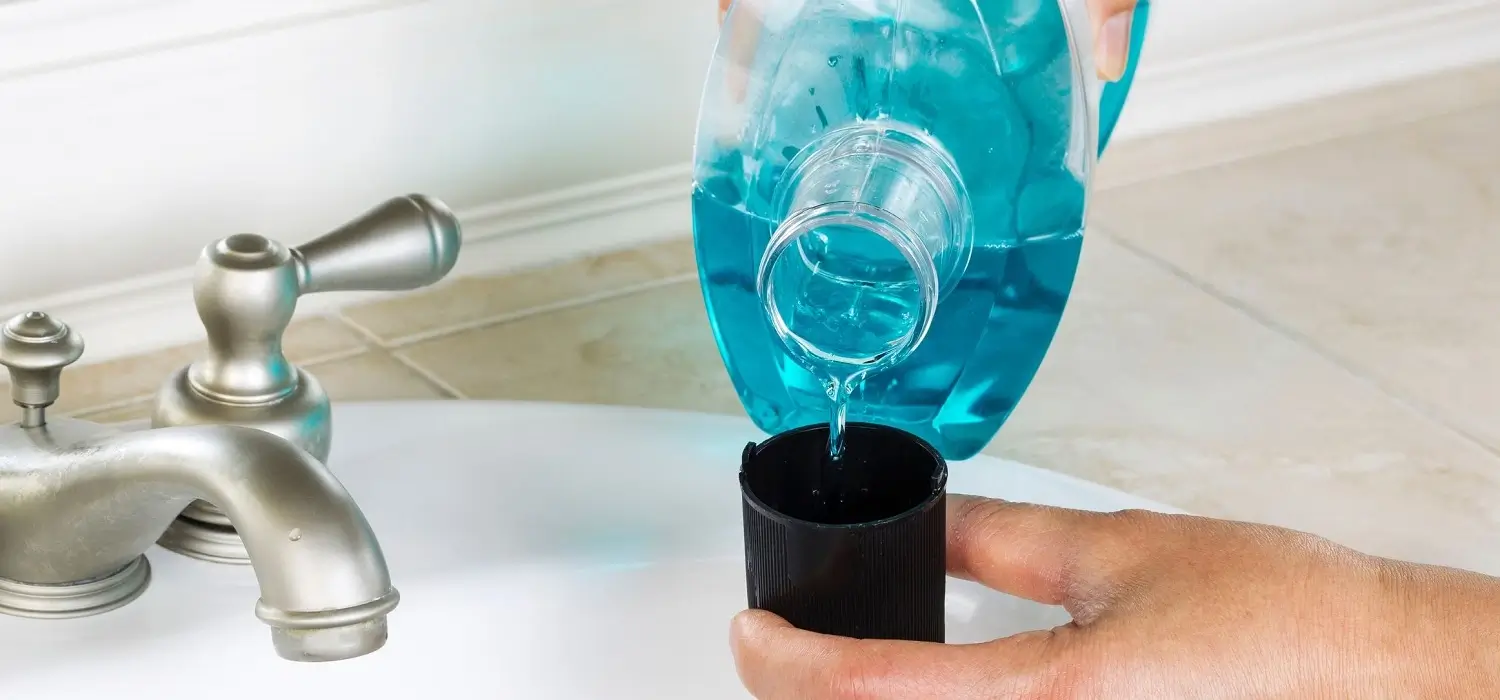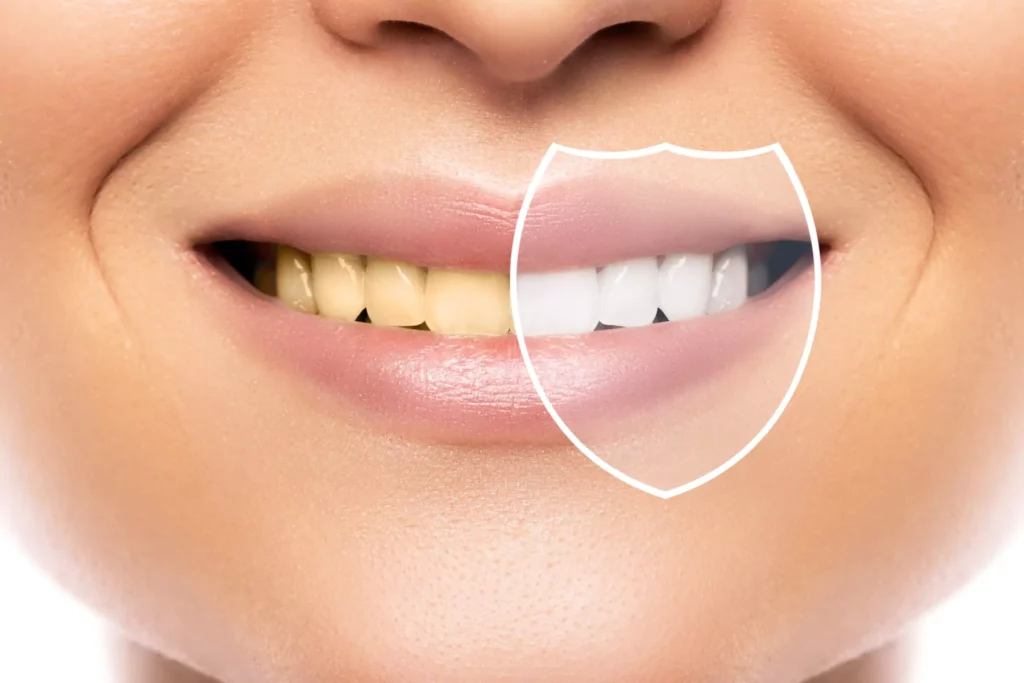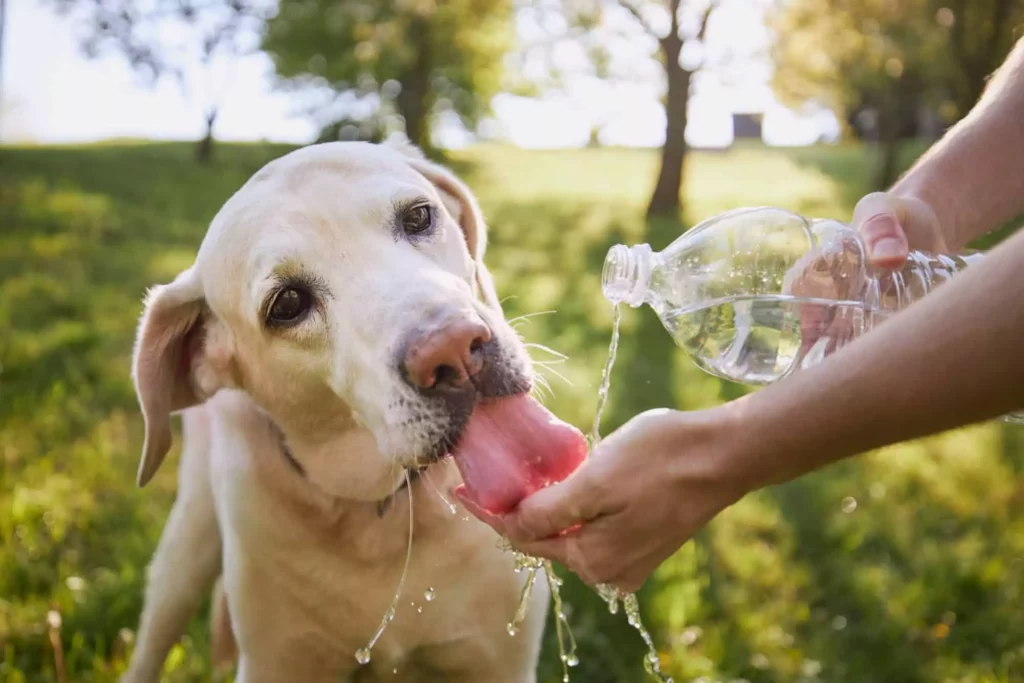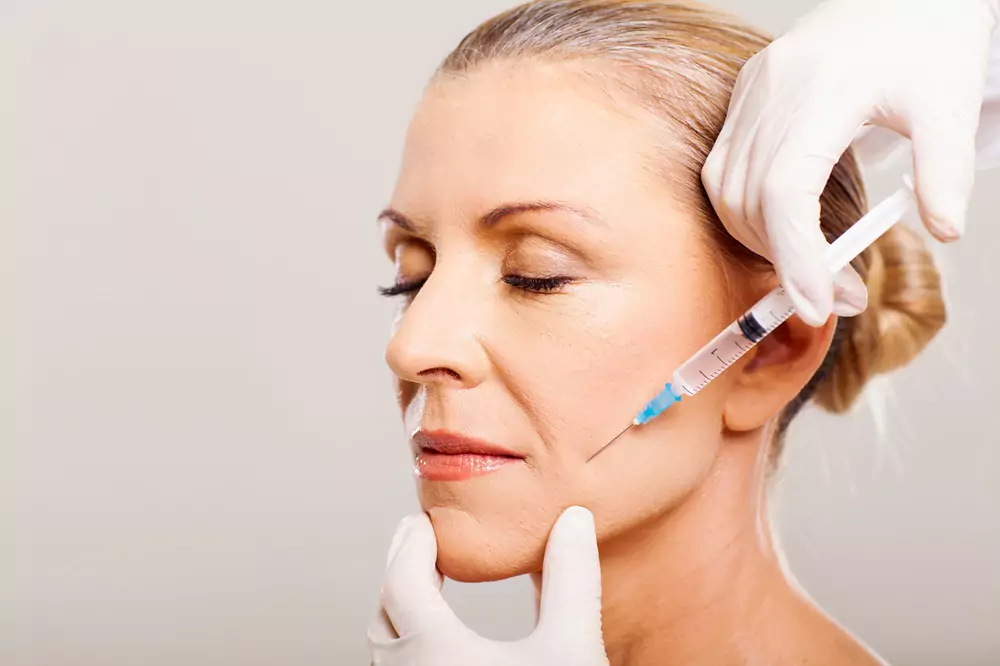Is deep dental cleaning recommended? It is generally recommended to visit the dentist at least two times a year for a full examination and cleaning. These appointments are important and necessary since cleanings are among the most successful preventive dental treatments.
There are two types of a dental cleaning, standard and deep; the dentist will suggest the most appropriate depending on the needs of each patient. Standard cleaning consists of removing plaque from the tooth surface observed above the gum line while deep cleaning involves cleaning the roots of the teeth below the gum line, to treat or prevent periodontal disease.
Find out why deep dental cleaning is necessary for good oral hygiene here. This guide explains everything you need to know about the procedure, including its benefits and cost.
What is Deep Dental Cleaning and when is it Necessary to Perform?
Known as dental scaling and root planing, this type of cleaning consists of removing plaque or tartar lodged under the gum line, specifically in the roots of the teeth.
The procedure is very similar to what a dental hygienist performs during a standard cleaning, but with a higher level of complexity, since when bacteria have accumulated in the subgingival area, they begin to cause serious infections and gum disease can develop. called gingivitis – or in its most advanced stage, periodontitis.
A sticky film called plaque (formed by saliva and food debris) is generated on the teeth at all times. Plaque can be removed through daily brushing and flossing, but when poor oral hygiene occurs, bacteria can produce toxins that irritate the gum tissue, leading to gingivitis (inflammation of the gums). This stage is reversible. However, if the problem is not treated, gingivitis can become periodontitis (a serious gum infection) and cause permanent damage to the teeth, such as bone loosening and loss.
Periodontal disease (gum disease) affects approximately 47.2% of American adults. However, it is more common in men (56.4%) than women (38.4%).
Symptoms of Periodontal Disease
• Red and inflamed gums
• Sensitive teeth
• Bleeding gums
• Bad breath or a bad taste in your mouth
• Pus between teeth
• Pain when chewing
• Receding gums or teeth that look longer than normal
• Spaced teeth
• Bite change
• Loose or knocked-out teeth
You will notice the presence of hard plaque (similar to small stones) stuck to the surface of the teeth and pockets (space between the gum and tooth that deepens as bacteria accumulate under the gum).
How is a Deep Dental Cleaning Performed?
1. Diagnosis
• Survey: Initially, during the consultation, the dentist will ask a series of questions to obtain the medical and dental history of each patient. This step is very important in understanding why periodontal disease has developed.
• Clinical examination: The dentist will review how the teeth and gums look clinically, perform a thorough review, and determine the patient’s oral health status. The dentist is looking for signs or symptoms associated with periodontal disease: a visible accumulation of soft and hard plaque, dental mobility, gingival recession, and sensitivity, among others. Additionally, with the help of a periodontal probe, he will measure the periodontal pockets to discern their depth.
• Radiographic examination: With X-rays, the dentist can see the area under the gum and look at the bone to detect the accumulation of plaque; In addition, they determine which areas of the tooth require more intervention during the deep dental cleaning.
2. Dental scaling and root planing
The procedure is performed mechanically with a special instrument called a curette that allows for entering the gums and scraping the tooth surface. The curette has a sharp side that can remove calculus and clean the root’s surface, and a blunt side toward the gum to avoid lacerating and injuring it. In some cases, it may be necessary to inject anesthesia. It will depend upon the depth of the plaque.
Another tool commonly used is ultrasound, which consists of a thin instrument that enters the gum, vibrates, and shoots pressurized water, removing the stones present in the area.
Sometimes the dentist may antibiotic fibers in the gums to help fight bacteria or may prescribe antibiotics or mouthwash.
After the procedure, it is normal to feel sensitivity in the teeth and to experience inflamed and sore gums for about a week, but this discomfort will decrease over time. The dentist will offer recommendations such as diet, type of brushing, or other care, among others.
3. Control
In general, after a deep cleaning, if the patient has periodontal pockets, it is recommended to schedule a follow-up appointment 4 to 6 weeks after the procedure to evaluate healing and determine if the periodontal therapy during the cleaning was sufficient, or if another treatment is warranted.
What Advantages and Disadvantages does a Deep Dental Cleaning have?
Deep dental cleaning gives teeth a chance to heal in cases of periodontal disease. Ike any procedure, it has its pros and cons:
1. Advantages
• Removes plaque and bacteria
• Reduces inflammation of the gums
• Slows or prevents gum disease: allows healthy tissue to regrow so gums can reattach to teeth.
• Improve bad breath.
• Little risk of side effects.
• Prevents loosening or the loss of teeth.
2. Disadvantages
• It can cause pain and/or bleeding.
• It may not completely resolve the infection
• Itay cause increased tooth sensitivity
• Itay make teeth vulnerable to further infection
• It may not be effective long term: it often requires antibiotics after treatment to prevent gum disease recurrence.
• Depending on the number of sessions, it could be expensive if you don’t have insurance.
Tips for Maintaining Good Oral hygiene After Deep Dental Cleaning
You can keep your gums and teeth healthy if you are consistent with a good oral hygiene routine at home. Some recommendations are:
• Brush your teeth twice a day with fluoride toothpaste.
• Floss regularly to remove plaque that forms between teeth.
• Use mouthwash
• Maintain proper brushing technique
• Schedule regular appointments with the dentist for checkups and professional cleanings.
• Give up smoking
How much Does Deep Dental Cleaning Cost?
If you are concerned about the cost of a deep dental cleaning, there are several options available:
• Safe dental polish: The service is likely to be included.
• Clinics private: Ask about payment plans or membership with discounts.
• Dental schools: Low-cost procedures performed by students.
• Charities: Several organizations in the US offer help with dental procedures, for example, Dental Lifeline
• Health care centers: They offer dental services at a very low cost to people at the federal poverty level.
Deep dental cleaning is performed by quadrants The treatment in each one can range between $150 – $250. Therefore, the total cost in the 4 quadrants ranges from $600 to $1000.
Gingivitis and periodontitis can go unnoticed by many people, which is why regular visits to the dentist are so necessary. This is the time to diagnose and treat these conditions in time.
After a deep dental cleaning, it is essential to maintain good oral hygiene habits to enjoy healthy teeth and gums, free of any diseases that may affect quality of life.S
Frequently Asked Questions
What is periodontal cleaning aka deep dental cleaning ?
A deep teeth cleaning, or dental scaling and root planing, is a procedure to remove plaque and tartar from below the gum line to treat or prevent periodontal disease. It targets the roots of the teeth, unlike standard cleaning which focuses on the tooth surface above the gum line.
What is teeth deep cleaning and how do they do it?
A deep dental cleaning involves:
- Diagnosis: The dentist examines your teeth and gums, reviews your medical history, and takes X-rays.
- Scaling: Using special instruments, the dentist removes plaque and tartar from below the gum line.
- Root Planing: The roots are smoothed to remove rough spots where bacteria gather.
- Follow-Up: A check-up is scheduled to assess healing and ensure the cleaning was effective.
What is deep cleaning, and how does it differ from regular cleaning?
- Standard Cleaning: Removes plaque and tartar from the tooth surface above the gum line. It is part of regular dental maintenance.
- Deep Cleaning: Removes plaque and tartar from below the gum line to treat periodontal disease, targeting the roots of the teeth.
How can I maintain good oral hygiene post deep cleaning?
To maintain good oral hygiene after a deep cleaning:
- Brush Twice Daily: Use fluoride toothpaste.
- Floss Daily: Remove plaque from between teeth.
- Use Mouthwash: Helps reduce bacteria.
- Proper Technique: Use a soft-bristled toothbrush and gentle brushing.
- Regular Checkups: Visit your dentist regularly.
- Quit Smoking: Smoking can worsen gum disease.
When is it necessary to deep clean your teeth?
A dental cleaning is necessary twice a year and in those cases where we see the following symptoms: Red and inflamed gums, sensitive teeth, bleeding gums, Bad breath or a bad taste in your mouth, pus between teeth, pain when chewing, Receding gums or teeth that look longer than normal, spaced teeth, Bite change, Loose or knocked out teeth.
Share:
References
1. Cobb, C. M., & Sottosanti, J. S. (2021). A re‐evaluation of scaling and root planing. Journal of Periodontology, 92(10), 1370-1378. https://aap.onlinelibrary.wiley.com/doi/10.1002/JPER.20-0839
2. Gingivitis – Symptoms and causes. (August 4, 2017). Mayo Clinic. https://www.mayoclinic.org/diseases-conditions/gingivitis/symptoms-causes/syc-20354453
3. Graeber, J. (2015).Scaling and root planing. Journal of the American Dental Association, 146(12), 865. https://doi.org/10.1016/j.adaj.2015.10.007
4. Higuera, V. (December 9, 2020).The Pros and Cons of Deep Cleaning Teeth. Healthline. https://www.healthline.com/health/deep-cleaning-teeth
5. Silver, N. (November 26, 2018). Teeth Scaling: What You Need to Know. Healthline. https://www.healthline.com/health/dental-and-oral-health/teeth-scaling
6. Tooth Scaling & Root Planing: Deep-Cleaning Treatments. (Reviewed: August 11, 2022). Cleveland Clinic. https://my.clevelandclinic.org/health/treatments/23983-tooth-scaling-and-root-planing
7. What Is the Cost of a Deep Teeth Cleaning? (Reviewed: February 15, 2023). WebMD. https://www.webmd.com/oral-health/what-is-the-cost-deep-teeth-cleaning
-
Nayibe Cubillos M. [Author]
Pharmaceutical Chemestry |Pharmaceutical Process Management | Pharmaceutical Care | Pharmaceutical Services Audit | Pharmaceutical Services Process Consulting | Content Project Manager | SEO Knowledge | Content Writer | Leadership | Scrum Master
View all posts
A healthcare writer with a solid background in pharmaceutical chemistry and a thorough understanding of Colombian regulatory processes and comprehensive sector management, she has significant experience coordinating and leading multidisciplina...



